It all depends on which Android apps we’re talking about, according to one of Nielsen’s latest studies.
What they found, while focusing on Android use, that, while most users access mobile web content through applications, as opposed to simply using the mobile web and one of the available browsers. That being said, while app use is greater than mobile web use in the Android environment, quite a few Android apps don’t get used at all.
The popular ones are used extensively. The others? Not as much:
Perhaps more surprising, despite the hundreds of thousands of apps available for Android, a very small proportion of apps make up the vast majority of time spent. In fact, the top 10 Android apps account for 43 percent of all the time spent by Android consumers on mobile apps. The top 50 apps account for 61 percent of all time spent.
Clearly, the idea is to be have an Android app that’s in high demand, otherwise, it will probably sit on the proverbial shelf, collecting dust and not a lot of users. Nielsen even presented a pie chart to visualize the app usage breakdown:

As you can see, while there is definite use of
Android apps that fall outside of the top 50–39 percent, to be exact–that part of the pie is divided up between almost 250,000 different applications. Meanwhile, the top 50 get to enjoy over 60 percent of the Android crowd using their mobile programs.
Clearly, the goal is to create an application that already has high demand, or, in the case of something like Twitter, invent something people didn’t even know they wanted and/or needed. The problem with that approach is, the returns may not be immediate.
Nielsen goes on to discuss just how much time Android owners spend on the mobile web, either via app or mobile browser, of which, Nielsen’s blog post says:
…the average Android consumer in the U.S. spends 56 minutes per day actively interacting with the web and apps on their phone. Of that time, two-thirds is spent on mobile apps while one-third is spent on the mobile web.
There is, of course, an additional pie chart to emphasize their findings:

If you’re a mobile app developer focusing on the Android crowd, Nielsen’s findings present something of a dilemma. Clearly, Android users love to use the mobile web, and they prefer to do so with an application. So far, so good. The problem is, if the app being developed isn’t a hit with Android crowd, it may simply go unnoticed and/or unused.
Obviously, marketing comes into play here, because the idea of making people think they need the item you’re offering is incredibly basic, but also a fundamental approach that should not be overlooked.
What about you? Do you use Android apps that fall outside of the top 50? If so, are you satisfied? If not, why? Let us know in the comments.


















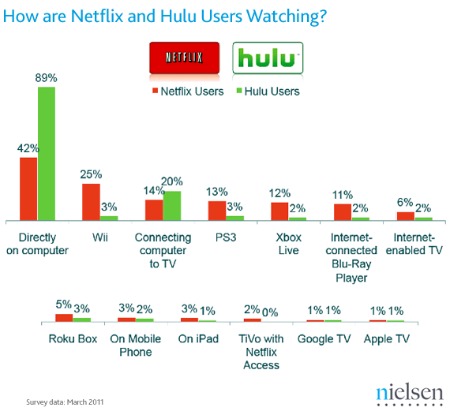
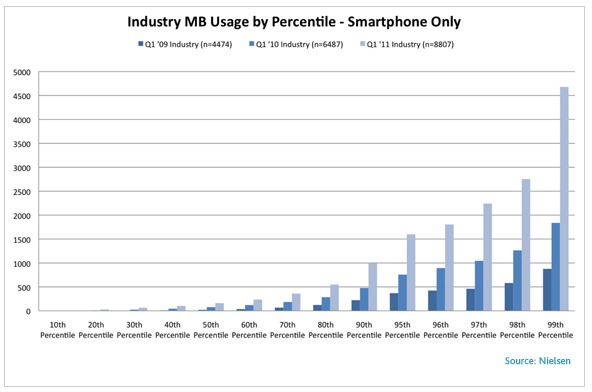
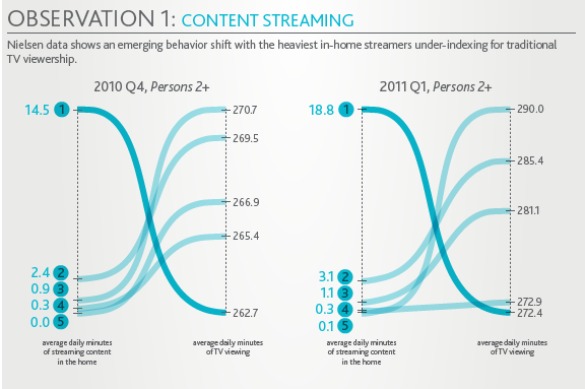
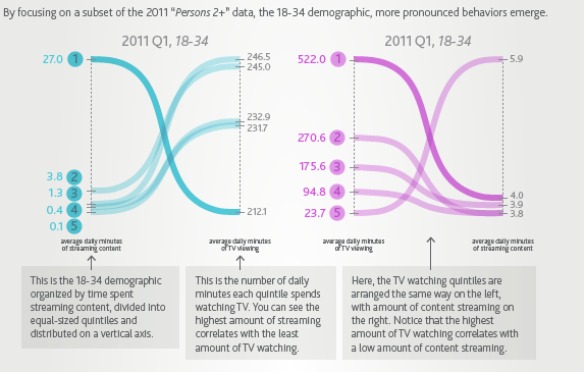


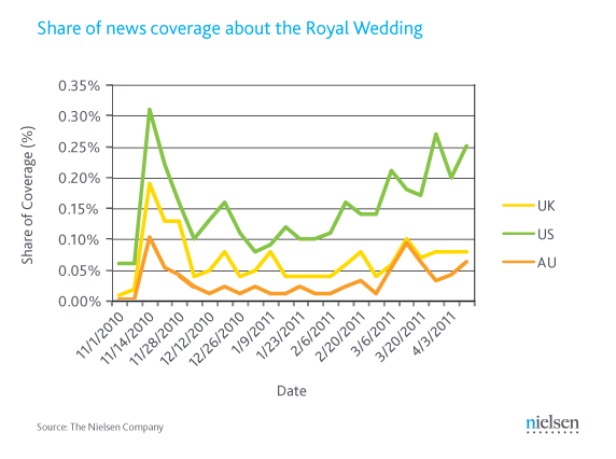


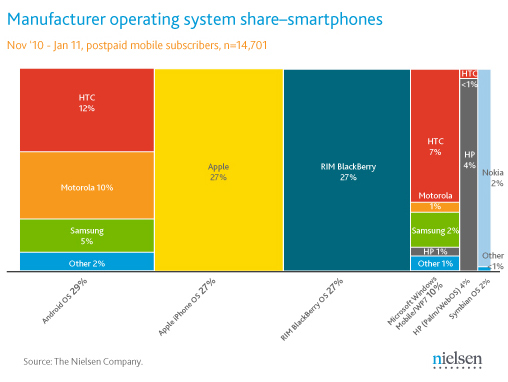

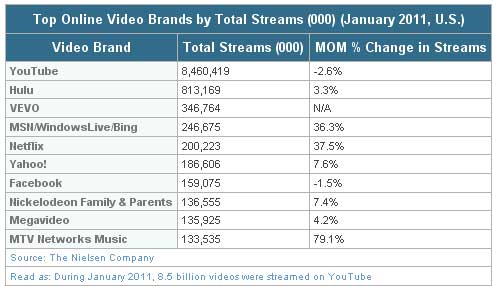
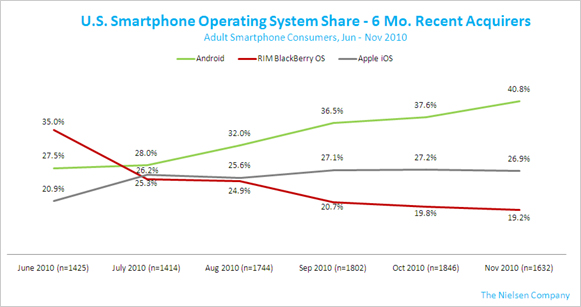
 Then there’s the advertising angle to consider. Google’s been making a real effort to present YouTube as a place where everything from small businesses to mainstream brands can get their message across, and this win could reinforce that idea and help bring in revenue.
Then there’s the advertising angle to consider. Google’s been making a real effort to present YouTube as a place where everything from small businesses to mainstream brands can get their message across, and this win could reinforce that idea and help bring in revenue.



